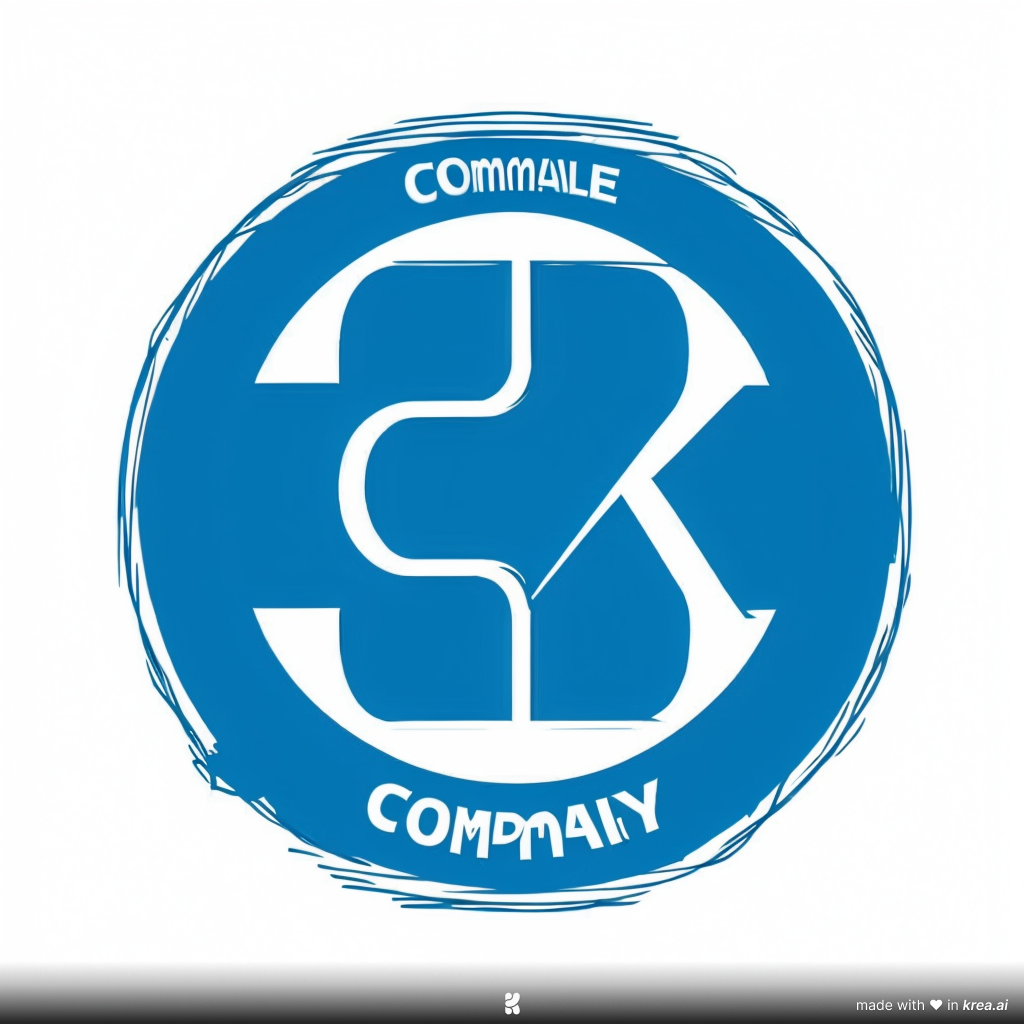We found 50 results that contain "they are more likely to respond positively when te"
Posted on: Smoke test group : What is Smart Farming? It's The Future of Agriculture -- edited


Posted by
5 months ago
The IoT-Based Smart Farming Cycle
The core of IoT is the data you can draw from things and transmit over the internet. To optimize the farming process, IoT devices installed on a farm should collect and process data in a repetitive cycle that enables farmers to react quickly to emerging issues and changes in ambient conditions. Smart farming follows a cycle similar to this one:
1. Observation . Sensors record observational data from the crops, livestock, soil, or atmosphere.
2. Diagnostics. The sensor values are fed to a cloud-hosted IoT platform with predefined decision rules and models—also called "business logic"—that ascertain the condition of the examined object and identify any deficiencies or needs.
3. Decisions . The user and/or the machine learning-driven components of the IoT platform assess the revealed issues to decide if location-specific treatment is necessary.
4. Action . After end-user evaluation and action, the cycle repeats from the beginning.
The core of IoT is the data you can draw from things and transmit over the internet. To optimize the farming process, IoT devices installed on a farm should collect and process data in a repetitive cycle that enables farmers to react quickly to emerging issues and changes in ambient conditions. Smart farming follows a cycle similar to this one:
1. Observation . Sensors record observational data from the crops, livestock, soil, or atmosphere.
2. Diagnostics. The sensor values are fed to a cloud-hosted IoT platform with predefined decision rules and models—also called "business logic"—that ascertain the condition of the examined object and identify any deficiencies or needs.
3. Decisions . The user and/or the machine learning-driven components of the IoT platform assess the revealed issues to decide if location-specific treatment is necessary.
4. Action . After end-user evaluation and action, the cycle repeats from the beginning.
Posted on: Smoke test group : What is Smart Farming? It's The Future of Agriculture -- edited



Posted by
5 months ago

Smoke test: The Internet of Things (IoT) has provided ways to improve nearly every industry imaginable. In agriculture, IoT has not only provided solutions to often time-consuming and tedious tasks but is totally changing the way we think about agriculture. What exactly is a smart farm, though? Here is a rundown of what smart farming is and how it's changing agriculture.
What is a Smart Farm?
Smart farming refers to managing farms using modern Information and communication technologies to increase the quantity and quality of products while optimizing the human labor required.
Among the technologies available for present-day farmers are:
Sensors: soil, water, light, humidity, temperature management
Software: specialized software solutions that target specific farm types or applications agnostic IoT platforms
Connectivity: cellular, LoRa
Location: GPS, Satellite
Robotics: Autonomous tractors, processing facilities
Data analytics: standalone analytics solutions, data pipelines for downstream solutions -- edited
What is a Smart Farm?
Smart farming refers to managing farms using modern Information and communication technologies to increase the quantity and quality of products while optimizing the human labor required.
Among the technologies available for present-day farmers are:
Sensors: soil, water, light, humidity, temperature management
Software: specialized software solutions that target specific farm types or applications agnostic IoT platforms
Connectivity: cellular, LoRa
Location: GPS, Satellite
Robotics: Autonomous tractors, processing facilities
Data analytics: standalone analytics solutions, data pipelines for downstream solutions -- edited
Posted on: #iteachmsu



Posted by
over 1 year ago

Types of cholesterol
There are two primary types of cholesterol: low-density lipoprotein (LDL) and high-density lipoprotein (HDL). While people often refer to LDL as “bad” cholesterol, HDL is known as “good” cholesterol.
Most of Trusted Source the body’s cholesterol is LDL. High levels of LDL can cause fatty deposits called plaque to accumulate in the walls of blood vessels. Over time, this can cause the narrowing of the arteries, blocking blood flow and increasing a person’s risk of heart attack and stroke.
High LDL may stem fromTrusted Source a combination of genetic factors and lifestyle habits.
Conversely, HDL reduces the buildup of plaque in blood vessels. It absorbs cholesterol and brings it to the liver, which removes it from the body.
Having high levels of HDL can reduce a person’s risk of a heart attack and stroke.
There are two primary types of cholesterol: low-density lipoprotein (LDL) and high-density lipoprotein (HDL). While people often refer to LDL as “bad” cholesterol, HDL is known as “good” cholesterol.
Most of Trusted Source the body’s cholesterol is LDL. High levels of LDL can cause fatty deposits called plaque to accumulate in the walls of blood vessels. Over time, this can cause the narrowing of the arteries, blocking blood flow and increasing a person’s risk of heart attack and stroke.
High LDL may stem fromTrusted Source a combination of genetic factors and lifestyle habits.
Conversely, HDL reduces the buildup of plaque in blood vessels. It absorbs cholesterol and brings it to the liver, which removes it from the body.
Having high levels of HDL can reduce a person’s risk of a heart attack and stroke.
Disciplinary Content
Posted on: #iteachmsu


Posted by
about 2 months ago
Edited: Core Functions of MIS:
Data Collection:
MIS systems gather data from various sources, both internal and external to the organization.
Data Processing:
Collected data is processed, analyzed, and transformed into meaningful information through various techniques.
Information Storage:
Processed information is stored in a structured manner for easy access and retrieval.
Information Dissemination:
The system distributes relevant information to the appropriate users in a timely manner.
Decision Support:
MIS provides the information needed by managers to make informed decisions, solve problems, and plan for the future.
Key Components of MIS:
Hardware: The physical components of the system, such as computers, servers, and networks.
Software: The applications and programs used to process and analyze data.
People: Individuals who operate and maintain the system and utilize the information it provides.
Procedures: The established rules and processes for using the system.
Data: The raw facts and figures collected and processed by the system.
Data Collection:
MIS systems gather data from various sources, both internal and external to the organization.
Data Processing:
Collected data is processed, analyzed, and transformed into meaningful information through various techniques.
Information Storage:
Processed information is stored in a structured manner for easy access and retrieval.
Information Dissemination:
The system distributes relevant information to the appropriate users in a timely manner.
Decision Support:
MIS provides the information needed by managers to make informed decisions, solve problems, and plan for the future.
Key Components of MIS:
Hardware: The physical components of the system, such as computers, servers, and networks.
Software: The applications and programs used to process and analyze data.
People: Individuals who operate and maintain the system and utilize the information it provides.
Procedures: The established rules and processes for using the system.
Data: The raw facts and figures collected and processed by the system.
Disciplinary Content
Posted on: #iteachmsu



Posted by
about 2 months ago

Edited: Core Functions of MIS:
Data Collection:
MIS systems gather data from various sources, both internal and external to the organization.
Data Processing:
Collected data is processed, analyzed, and transformed into meaningful information through various techniques.
Information Storage:
Processed information is stored in a structured manner for easy access and retrieval.
Information Dissemination:
The system distributes relevant information to the appropriate users in a timely manner.
Decision Support:
MIS provides the information needed by managers to make informed decisions, solve problems, and plan for the future.
Key Components of MIS:
Hardware: The physical components of the system, such as computers, servers, and networks.
Software: The applications and programs used to process and analyze data.
People: Individuals who operate and maintain the system and utilize the information it provides.
Procedures: The established rules and processes for using the system.
Data: The raw facts and figures collected and processed by the system.
Data Collection:
MIS systems gather data from various sources, both internal and external to the organization.
Data Processing:
Collected data is processed, analyzed, and transformed into meaningful information through various techniques.
Information Storage:
Processed information is stored in a structured manner for easy access and retrieval.
Information Dissemination:
The system distributes relevant information to the appropriate users in a timely manner.
Decision Support:
MIS provides the information needed by managers to make informed decisions, solve problems, and plan for the future.
Key Components of MIS:
Hardware: The physical components of the system, such as computers, servers, and networks.
Software: The applications and programs used to process and analyze data.
People: Individuals who operate and maintain the system and utilize the information it provides.
Procedures: The established rules and processes for using the system.
Data: The raw facts and figures collected and processed by the system.
Disciplinary Content
Posted on: #iteachmsu



Posted by
about 2 months ago

Edit: Management Information System (MIS) is a computer-based system that provides managers with the tools to organize, analyze, and access data to support decision-making, improve strategies, and monitor operations within an organization. It integrates data collection, processing, and analysis to provide timely and accurate information for informed decision-making at all levels of the organization.
Justice and Belonging
Posted on: #iteachmsu



Posted by
2 months ago

rimer text from The College of William & Mary
ADHD is one of the most commonly diagnosed conditions of children (Centers for Disease
Control and Prevention, 2015).
In a 2016 Centers for Disease Control and Prevention study, scientists found that 6.1 million children aged 2-17 years living in the U.S. had been diagnosed with attention-deficit/hyperactivity disorder (ADHD), which is similar to previous en
Ages 6-11: Approximately 2.4 million children
Ages 12-17: Approximately 3.3 million children
ADHD is one of the most commonly diagnosed conditions of children (Centers for Disease
Control and Prevention, 2015).
In a 2016 Centers for Disease Control and Prevention study, scientists found that 6.1 million children aged 2-17 years living in the U.S. had been diagnosed with attention-deficit/hyperactivity disorder (ADHD), which is similar to previous en
Ages 6-11: Approximately 2.4 million children
Ages 12-17: Approximately 3.3 million children
Disciplinary Content
